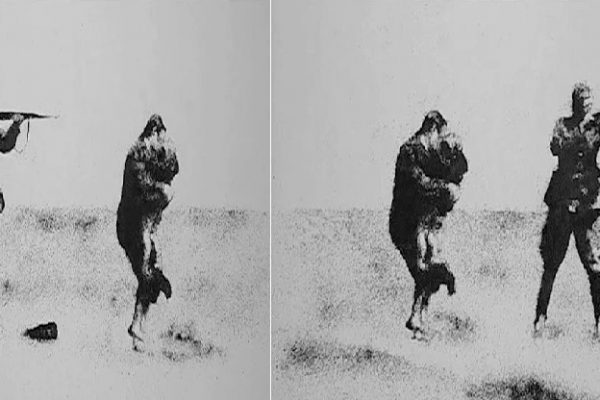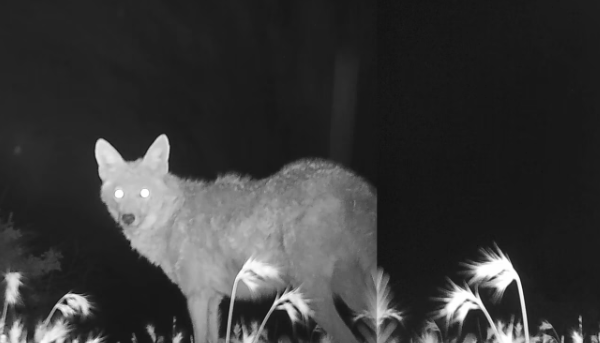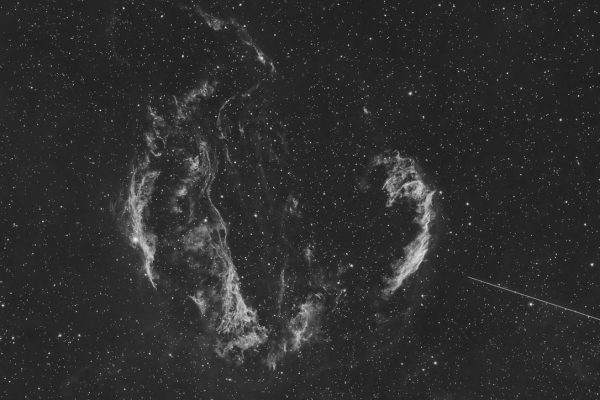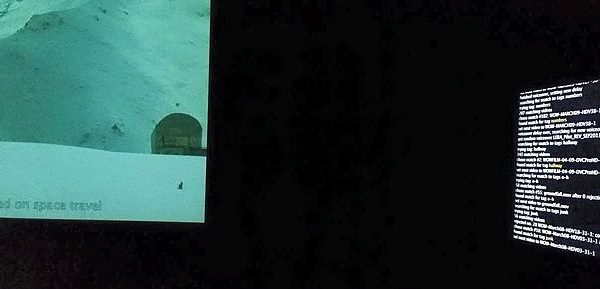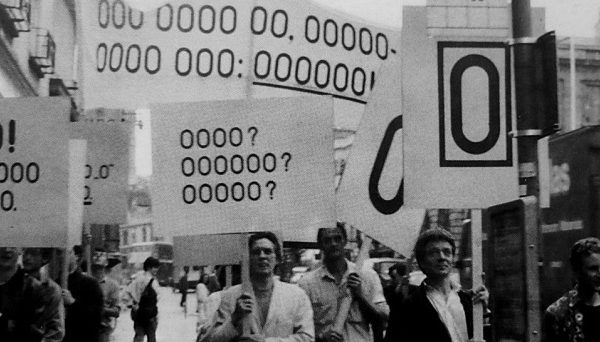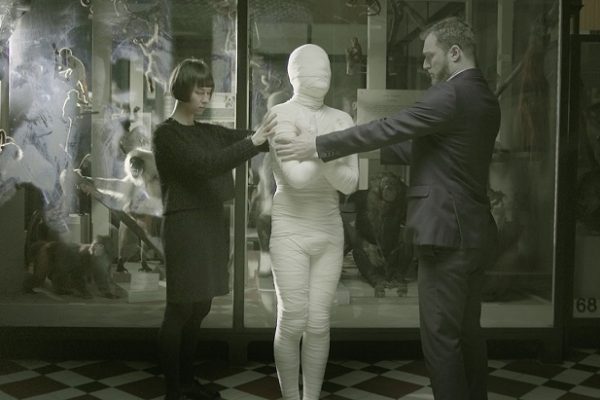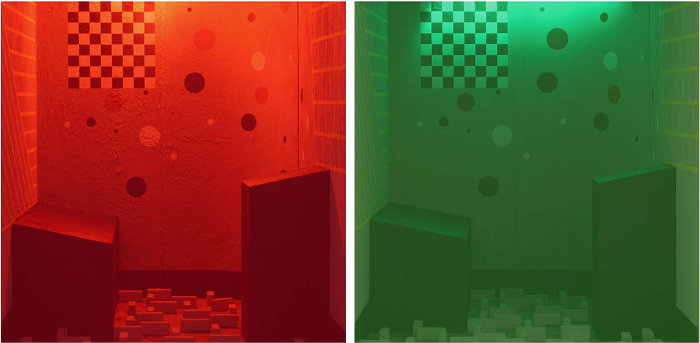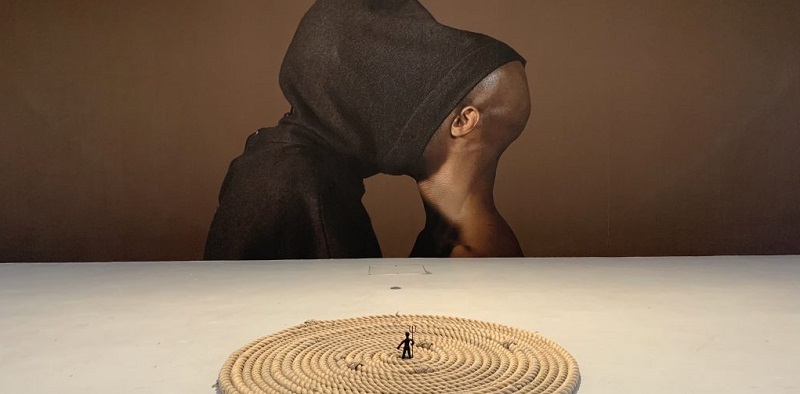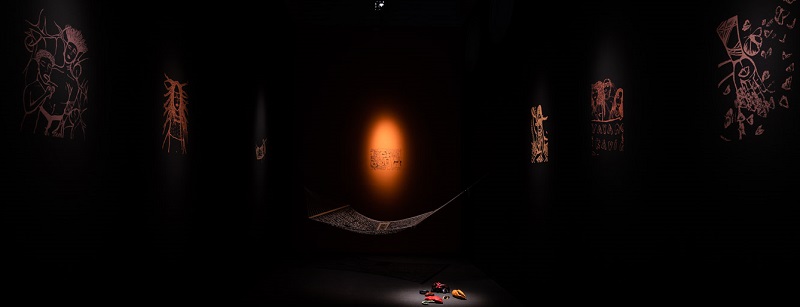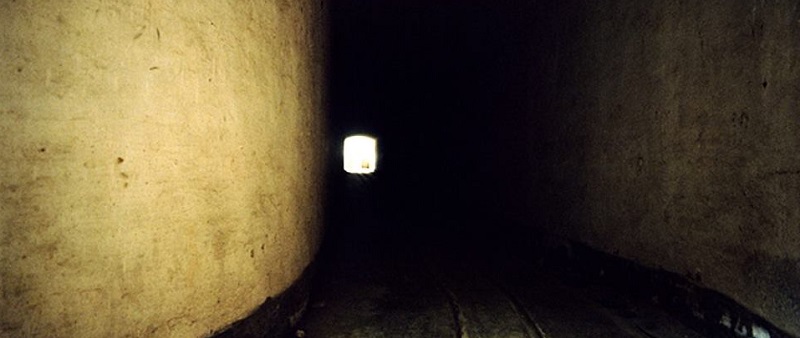When a subject carries such a devastating intensity as it was to turn modern art into a tool of torture, it is likely that any exposition about it will defraud us. But it can also happen that, as in Pedro G Romero‘s «Room», the playful lightening of the weight of History predisposes us to more flexible and audacious readings, freed from moral servitudes and invented truths. During the Spanish civil war, the checas were centers of detention […]
Mes: enero 2019
Ornamento y delito. Del arte a la tortura psicotécnica
Cuando un tema carga con una intensidad tan demoledora como lo fue convertir el arte moderno en herramienta de tortura es probable que cualquier exposición acerca de ello nos defraude. Pero también puede ocurrir que, como en la muestra Habitación de Pedro G Romero, el aligeramiento lúdico del peso de la Historia nos predisponga a lecturas más flexibles y audaces, liberadas de servidumbres morales y verdades inventadas. Durante la guerra civil española, las checas fueron centros […]
Carlos Motta, drilling peepholes in the official history
«The body is a repository of marks», we are told at one point in one of Carlos Motta‘s visual essays, Lágrimas (2017). Many of the works of this Colombian artist speak about colonial and postcolonial marks, metaphorical scars on flesh and desire, indelible despite the passing of centuries. Jacques Derrida, for whom the concept of cultural «sign» or «scar» was so important, said that it is not possible to escape the Judeo-Christian tradition. Even the death […]
Carlos Motta, mirillas desde las que espiar lo no contado
“El cuerpo es un repositorio de marcas”, se nos dice en algún momento en uno de los ensayos visuales de Carlos Motta, Lágrimas (2017). De marcas coloniales y poscoloniales hablan muchas de las obras de este artista colombiano, cicatrices metafóricas sobre la carne y el deseo, indelebles a pesar del transcurrir de los siglos. Jacques Derrida, para quien el concepto de “marca” o “cicatriz” cultural fue tan importante, decía que no es posible escapar de la […]
Duen Sacchi, from my parts of the Indies
Duen Sacchi breaks down the old drawers of the colonial history file, reduces the computer furniture to splinters and sets them on fire. From the ashes comes something new because each document left its imprint on the brazier, and that which does not disappear even with fire is the repressed of history, which can not be redeemed. His writing is rhizomatic, it moves with its underground roots evading linear narratives. At the same time, it […]
Duen Sacchi, desde mis partes de Indias
Duen Sacchi desarma los viejos cajones del fichero de la historia colonial, reduce el mobiliario ordenador a astillas y les prende fuego. De las cenizas sale algo nuevo porque cada documento dejó su huella impresa en el brasero, y aquello que no desaparece ni con fuego es lo reprimido de la historia, lo que no puede ser redimido. Su escritura es rizomática, se desplaza con sus raíces subterráneas evadiendo narrativas lineales. Al tiempo, brota alto […]
Rosell Meseguer, memories from underground
It is surprising the silence that reigned over the ruins. The lack of events is deceiving because in the basements there are still living fires, which move underground from one coal bunker to another Sebald, W. G. On the natural history of destruction As a child, Rosell Meseguer learned to listen to these fires buried under the cement of bunkers and forts, when she walked through underground galleries or tunnels of abandoned mines. The cavernous […]
Rosell Meseguer, memorias del subsuelo acorazado
Resulta llamativo el silencio que reina sobre las ruinas. La falta de acontecimientos engaña, porque en los sótanos hay todavía incendios vivos, que se mueven bajo tierra de una carbonera a otra Sebald, W. G. Sobre la historia natural de la destrucción Desde niña, Rosell Meseguer aprendió a escuchar esos incendios soterrados a los que se refería Sebald, bajo el cemento de búnkers y fuertes, recorriendo sus galerías subterráneas o túneles de minas abandonadas. La arquitectura […]

